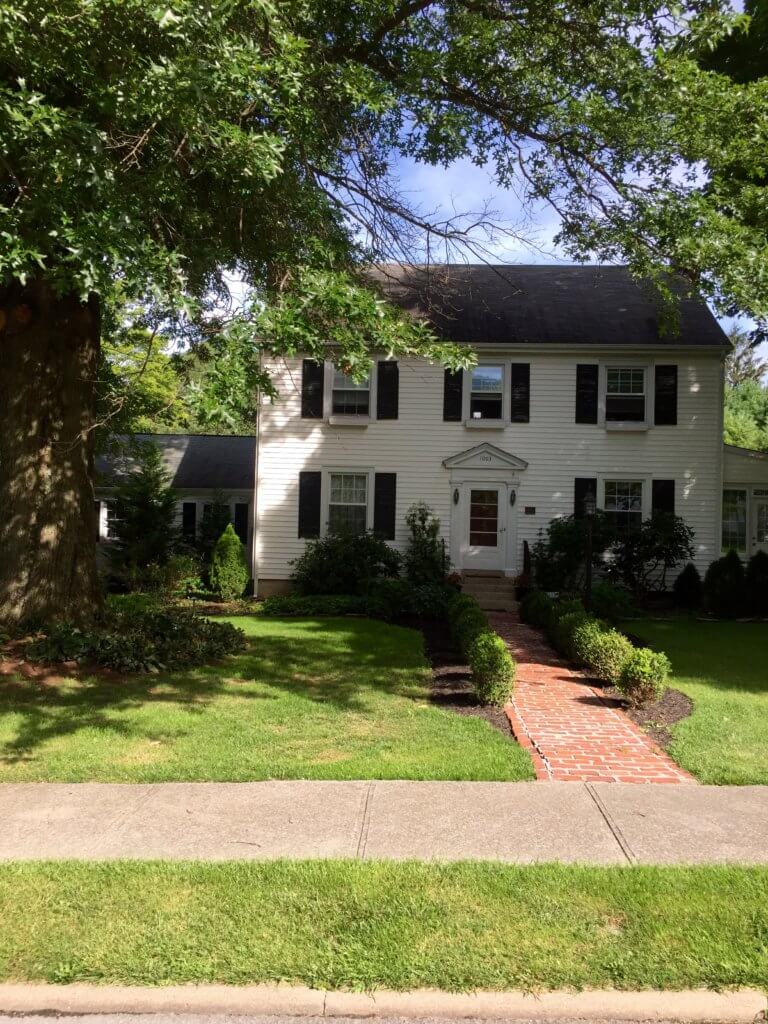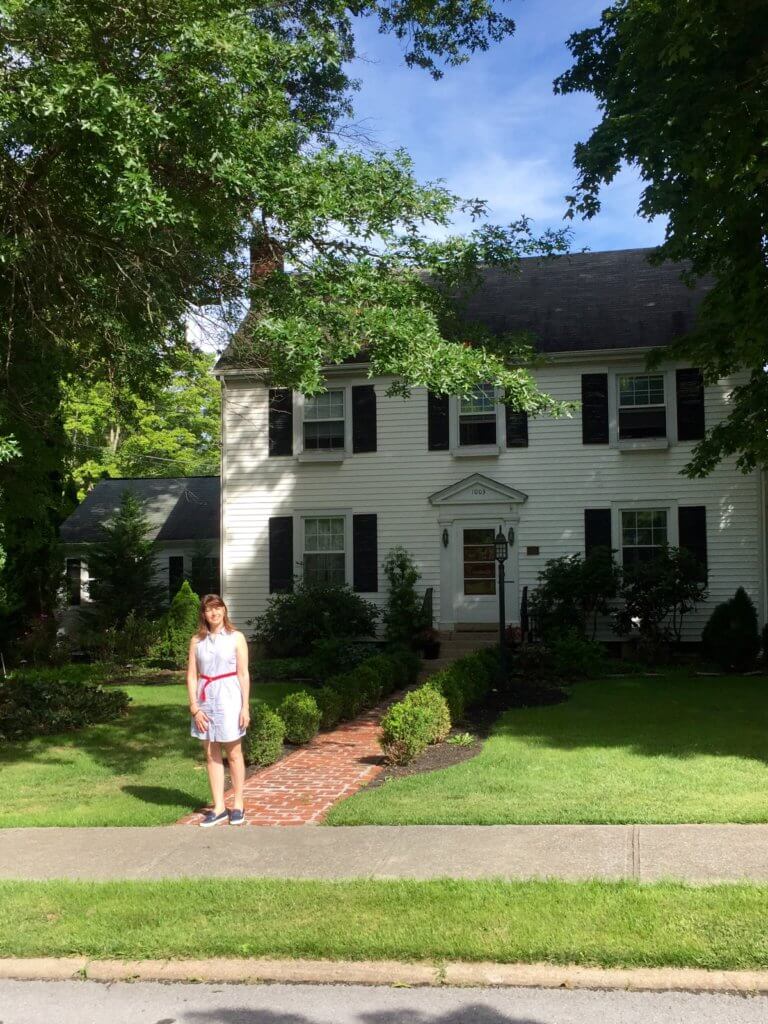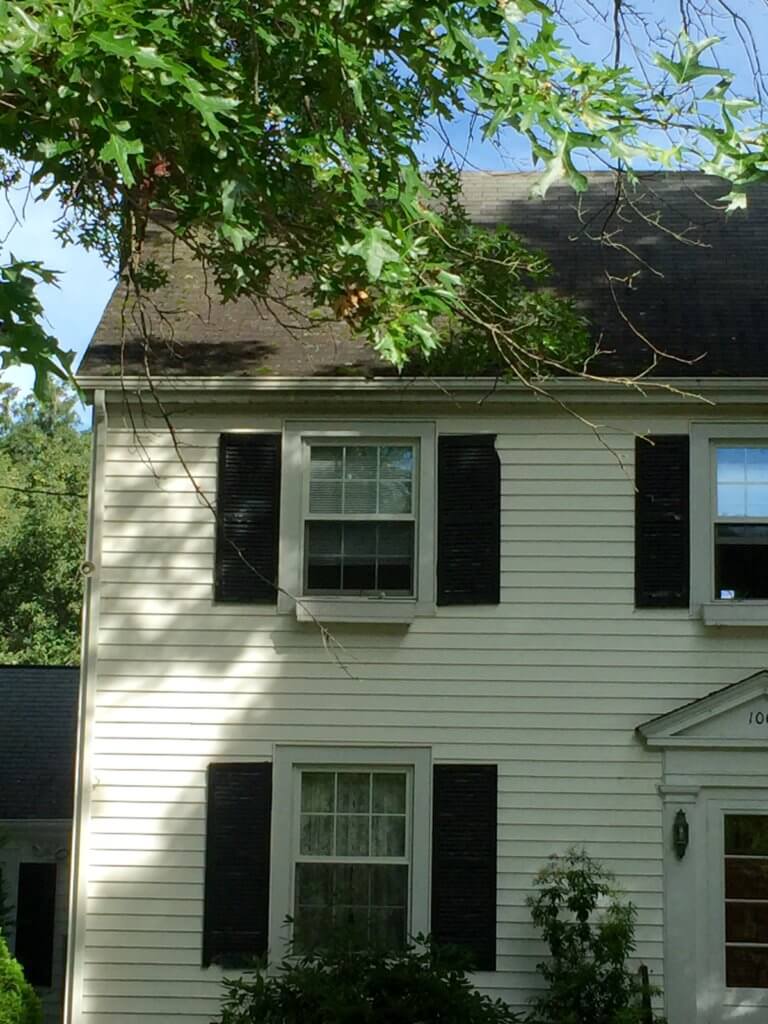Evaleen Stein, Indiana’s Rediscovered Literary Light
This is a video of my paper presentation about author, poet, and artist Evaleen Stein (1863-1923) to The Parlor Club in February 2022. The Parlor Club is a Greater Lafayette, Indiana, scholarly group founded in 1877 with members from the Purdue University sphere and the community. As a member, Evaleen was designated as the group’s Poet Laureate. Evaleen Stein was a writer, with many works inspired by nature, during the golden age of Indiana literature (1880-1920).
This paper presentation was the first step in my year-long journey of bringing Evaleen out of the shadows of history. I submitted my paper to Traces of Indiana and Midwestern History magazine published by the Indiana Historical Society, and it was featured in the summer 2022 issue.
Then, I used my research and new-found knowledge about Evaleen, and applied for an Indiana State Historical marker to be placed at her former home in honor of her contributions to the state’s literary and artistic landscape and my application was approved. Evaleen’s home happens to be across the street from my home.
I then led a fundraising effort, and several present Parlor Club members and citizens of the community contributed to the cost of the marker. A plaque presentation will take place in 2023 or 2024, 100 years after Evaleen’s death. Today, Evaleen’s poems are still read by school children, and many of her works have been set to music. Search for Evaleen Stein on YouTube and see what you find.
Please sit back and watch my presentation on Evaleen Stein, a literary talent, a watercolorist, and a lover of flora and fauna. My sister-writer from 100 years before my time.
Thanks to Michigan Gov. Whitmer, I stopped Self-Blaming for what I thought was My “Failure in Fuchsia”
When I read the recent New York Times story by Mattie Kahn about Michigan Governor Gretchen Whitmer, after more than forty years, I stopped feeling shame for a presentation I made in my college freshman communication class because I chose to wear a blazer the color of fuchsia.
Two bastions of the pink hue are in the news—Whitmer, who unabashedly embraces what she calls her power color, and Barbie, the doll and Greta Gerwig’s movie, that has made an endearing, mind-opening Pepto Bismol-colored splash.
When I read that Whitmer’s senior aides dressed a Barbie doll like their boss and featured “Lil’ Gretch” on social media wearing the governor’s signature color of fuchsia, I reeled back to when I was 19 in 1978, standing in a small room on the campus of Purdue University making a presentation to three male freshman. I winced at the memory, as I have every time I failed to squelch it during the last four-plus decades. But then I read that Whitmer boldly embraces wearing hot pink, and my shoulders reared back, I sat taller and kept reading. And remembering.
Communication 114, or Com 114, is a speech class that most freshman at Purdue are required to take. The course is for students majoring in everything from engineering to retailing—which I was in at the time I took it, but later switched to mass communication and became a writer. Our class was divided into teams, and I was the only female with three males. We were each to make a presentation to the other three as the teaching assistant (TA), a graduate student, observed and graded us.
As a retailing major who had worked at J.C. Penny during high school and then for a locally-owned, high-end clothing shop during college, I chose to make my presentation on fashion, marketing, and retailing. I made a poster to accompany my talk, as it was before the advent of PowerPoint. I wore my favorite linen blazer—a striking, solid fuchsia confection. Whenever I wore it, I received compliments. I knew I looked good in it.
I stood at the end of the table in the tight, sterile white room as the three males, probably engineering and computer science majors, peered up at me, expressionless. I must have looked like the female creature from the magenta lagoon. They could see that I was not the slide rule carrying type. At least that is how I always looked back on that day.
I made my presentation, pointing at my poster during key moments. Then I asked if there were questions. My three testosterone team mates, one in a striped rugby shirt and all three with Donny Osmond hair, sat motionless. One shifted in his chair. An uncomfortable silence ensued. The TA scribbled in her notebook. I finally sat down. I wanted to run.
But I had to listen to the other presentations. Probably about nuclear science or how to create your own hard drive. I don’t remember, but I do remember that I had to pretend I was interested. I wanted to cry.
A few days later. I received my critique from the TA. She wrote, “Always consider your audience when making a presentation.”
My heart sank even deeper into an abyss of insecurity and inadequacy. Self-deprecating thoughts ricochet in my head: How could I be so stupid as to talk about fashion in front of three guys? How could I have worn a color that shouted in neon, “I am female!”
As the 1980s rolled out, I read about the female power suit in Glamour magazine, and I bought one for job interviews. I saw this suit on women in movies like Working Girl with Melanie Griffith, Baby Boom with Diane Keaton and Mr. Mom with Teri Garr. I read that a woman needed to wear a dark skirt, matching blazer, and white blouse with a bow tied at the neck to resemble men in the work world and be taken seriously. Each time I saw such an image, I recalled standing before three apathetic men wearing FUCHSIA! And each time my self-esteemed withered.
I did not talk about it.
Until I read Governor Whitmer’s words in Kahn’s story. Whitmer said the dark suit “muted” women. “It’s all baloney. It’s about controlling women.” My heart lifted. I instantly stopped taking the blame.
When I read of Whitmer’s $500 hot pink suit made by Argent and produced in collaboration with the feminist collective Supermajority that she wore when she was first elected, I felt additionally vindicated. For her second inauguration she again wore fuchsia. The more I read, the more liberated I felt.
I never told anyone about what I had always thought of as my “failure in fuchsia.” I decided to tell my husband, who had been the one who sent me Kahn’s story on Whitmer and had been a Purdue engineering major who enjoyed taking Com 114 back in the day with a TA he liked. He remembered the class with warm nostalgia. As my shocking pink story sunk in, my husband sat dumbfounded. With what looked like a combination of guilt and sadness (or was it pity?) on his face, he managed to say, “That’s not good.”
When the TA said to consider my audience when making a presentation, she was not considering me. The topic I chose for my talk was one I enjoyed—fashion and retailing. Very Barbie. Very me. The TA was basically saying, “Don’t be yourself.”
Kahn wrote, “Ms. Whitmer does love fuchsia,” and “her mother, an assistant attorney general in Michigan, also favored the shade.” My mother, a housewife, loved pink so much that when I was born in 1959, the same year Barbie came into this world, my parents built a new house in small-town Frankfort, Indiana, with pink aluminum exterior siding. My mother’s name was Rosemary, and my middle name is Rose, so pink follows suit. As Julia Roberts, aka Shelby, in the movie Steel Magnolias stated, “Pink is my signature color.”
The adage in writing is to “write what you know.” For Com 114, I presented what I knew. I presented myself. In the Barbie movie Will Ferrell, who plays the fictionalized CEO of Mattel, angrily says, “No one rests until this doll is back in a box!” The TA wanted me in a box. A box of male conformity. Thanks to Governor Gretchen Whitmer, Greta Gerwig and Barbie, after more than forty years I am finally out of the box.
I’m with you, Governor Whitmer. “We’re going to continue to be fierce and feminine in our fuchsia.”

Angie Klink about to see the astute, funny, affirming Barbie movie.
American Writers Museum is Stellar!
As a blogger for the new American Writers Museum, I was invited to a very special preview day.
It was grand! The museum officially opens in Chicago on May 16, at 180 N. Michigan Avenue. The American Writers Museum (AWM) is the first and only museum in the United States dedicated to celebrating American writers and “exploring their influence on our history, our identity, our culture, and our daily lives.”
The museum is interactive and immersive.
Visitors see what makes American literature different from all other world literatures, get to know authors, gain new perspectives on familiar authors and learn about writers of all genres from advertising copywriters like Russ Alben who wrote the famed Timex watch slogan, “It takes a licking and keeps on ticking,” to songwriters like Woody Guthrie. All forms of writing are honored.
The Kerouac Scroll is a visiting exhibit and a fascinating must-see.
In 1951, Jack Kerouac wanted to write in a continuous stream on his typewriter (He would have loved a computer.), so he created a scroll from several rolls of tracing paper. He taped the ends of the paper together to make a giant roll, which he then trimmed to fit into his typewriter. With the scroll loaded into the typewriter, Kerouac spent three weeks straight typing an early version of On the Road, “letting the subconscious express itself in its own way.” He said, “I let the words flow out in uninterrupted waves, half awake, hardly knowing what I was doing except that I was writing.”
Malcolm O’Hagan is the passionate, driven founder of the AWM.
O’Hagan, born (the day before St. Patrick’s Day) and raised in Ireland, recognized that Ireland had a national museum dedicated to writers, but, alas, the United States did not. He set out to change that seven years ago, and today his vision has come to fruition.
This summer, consider taking a trip to Chicago and visiting the American Writers Museum. It’s a place for families, writers, readers, music lovers, advertising aficionados, and lovers of engaging, fun museums. The goal is to one day build a stand-alone museum.
There’s a quote from Flannery O’Connor printed on a bookmark at the AWM.
O’Connor said, “The writer operates at a peculiar crossroads where time and place and eternity somehow meet. His problem is to find that location.”
The American Writers Museum has found the perfect location—Chicago was chosen because it is the crossroad of our country. Time, place, and eternity have met there in a perfect salute to writers.
- Author Angie Klink at Grand Opening of the American Writers Museum.
- Help write a “story a day.”
Molly Murphy MacGregor, Godmother of National Women’s History Month
All of our efforts are with the goal of making women’s lives visible, because invisibility is the number one form of bias.
—Molly Murphy MacGregor, Co-Founder National Women’s History Project
Molly Murphy MacGregor was a 26-year-old, California high school history teacher in 1972 when a male student asked her a question that would change the course of her life: “What is the Women’s Movement?”
MacGregor did not know the answer.
“As a young teacher, I couldn’t let the student know that I didn’t know the answer,” MacGregor said. “So I said, ‘What a good question. Let’s discuss it.’”
After school that pivotal day, MacGregor consulted her college history textbooks for an answer. “Only one chapter in one book contained information about the first Woman’s Rights Convention in Seneca Falls, New York, in 1848,” MacGregor said. “I had read it before—I received straight A’s in history—and yet somehow I had not remembered it. I had not even realized how much I owed those women. For me, that was the beginning.
It was the beginning of MacGregor’s realization that women’s narratives had been left out of history books, classrooms, and the media. Women were invisible because their stories had not been told. It was oppression by omission.
“What I didn’t know that day was that that moment of realization would set the course for my life’s work,” MacGregor said. “I asked new questions in all my classes. As we studied American history, I’d ask, “Did these events impact men and women differently? Did they impact cultural groups differently?’”
MacGregor’s “conversion moment,” spurred by one student’s question, was ultimately what sparked MacGregor’s co-founding of what are today two national icons: The National Women’s History Project (NWHP), a nonprofit educational resource and clearinghouse for multicultural women’s history, and National Women’s History Month held annually in March.
MacGregor’s journey to become the executive director of the NWHP and co-founder of National Women’s History Month began when she returned to college at Sonoma State in the mid seventies. “It was magic after that,” MacGregor said. “I became very involved in Women’s Studies and a women’s history slide show. We traveled all over, and each time we showed the presentation, we could see that people knew nothing about women’s history.”
MacGregor also taught classes at a community college where her students conducted a research project counting how many books about women were available in their local elementary school libraries. There were only three to seven biographies about women in each library. “The real problem was that the books had not been checked out in five to fifteen years,” said MacGregor. “As a teacher, I knew why that hadn’t been checked out—it was because the books had not been assigned.”
MacGregor was also a volunteer on the Sonoma County, California Commission on the Status of Women. She spearheaded the idea of a Women’s History Week for county schools. Curriculum guides were created and a celebratory parade was organized. “We provided resources, and the teachers could really teach it,” MacGregor said. “It was a way to introduce teachers to information they didn’t have.
The first ever Women’s History Week held in California in 1978 included March 8, International Women’s Day. Organizers focused on women as professionals. “We wanted girls to take math and science,” MacGregor said. “They didn’t understand how much they needed math and science to be admitted to a university.”
Professional women were recruited to visit schools. Teachers set the scene saying, for example, “Tomorrow we’re going to have a visit from a dentist.” The next day, a woman would enter the classroom, and the students would be taken aback—the dentist was not a man.
The first Women’s History Week was a success, and MacGregor was hired as projects director for the Sonoma County Commission on the Status of Women. In 1979, with the impetus to promote a National Women’s History Week, MacGregor attended an invitation-only, 19-day Women’s History Institute for Women Leaders held at Sara Lawrence College in Bronxville, New York. Dr. Gerda Lerner was chair of the institute. Lerner is credited as the single most influential figure in the development of women’s and gender history since the 1960s.
“When I received the invitation I was speechless, overwhelmed, and completely intimidated,” MacGregor said. Conference attendees included acclaimed women who were presidents of national organizations such as the Girl Scouts of the USA, National Organization for Women (NOW) and the American Association of University Women (AAUW).
“I was one of the youngest people there, and I was not an academic,” MacGregor said. Again, MacGregor’s mission to promote women’s history took a giant leap forward.
MacGregor presented her idea of a National Women’s History Week, and the Women’s Institute passed a resolution calling for its establishment. The participants immediately began using their organizational skills and political connections. Women around the country petitioned their governors to declare the week of March 8 as Women’s History Week. Barbara Omalade wrote an article about the Institute for Ms. Magazine and included MacGregor as a contact for materials to promote the week. The grassroots movement spread. MacGregor received hundreds of requests. Then she received a call from the White House.
MacGregor remembered answering the phone: “A woman said, ‘I’m Sarah Weddington, the special assistant to President Carter. He wanted me to call you and let you know that he’s going to issue a special message to the American people about Women’s History Week.’”
MacGregor was astounded.
President Jimmy Carter issued a Proclamation calling on the American people to pause and remember the tremendous contributions of American women and declared March 2-8, 1980 as National Women’s History Week. The next year, Sen. Orrin Hatch and then-Rep. Barbara Mikulski co-sponsored a congressional resolution proclaiming Women’s History Week.
Also in 1980, MacGregor and four others formed the nonprofit National Women’s History Project in Santa Rosa, California, offering resources and knowledge to lift the stories of women’s contributions out of the shadows. Today, the NWHP is known nationally as the only clearinghouse to provide information and training in multicultural women’s history for educators, organizations, parents, and others.
In 1987, the NWHP successfully lobbied Congress to declare the entire month of March as National Women’s History Month. National Women’s History Month celebrates it’s 30th anniversary in 2017, and the NWHP has planned their theme— “Trailblazing Women in Labor and Business.”
“Every year we select a theme, and then we accept nominations of women whose lives exemplify that theme,” MacGregor said. “We offer educational and celebratory items, such as our Women’s History Gazette, and a press packet to make it easy for organizations and communities around the country to celebrate the theme.”
Lilly Ledbetter, Equal Pay Activist, and Barbara Hackman Franklin, former Secretary of Commerce, are among this year’s thirteen honorees. Open to all, an honoree luncheon will be held in Washington D.C. on March 25 with tickets available on the NWHP website.
After Hillary Clinton’s historic presidential campaign, the NWHP created one of their most ambitious publications to date—First Woman—a 48-page commemorative volume that pays tribute to Clinton and to the many women who were “first” to hold elected positions in the United States. “We published First Woman to highlight the extraordinary journey for women to participate in our government, from winning the right to vote to being an elected official,” said MacGregor. “First Woman lays out the challenges women face, yet, highlights how we’re moving forward through the next generation of women who have new skill sets and connect through social media.”
First Woman is available as an e-book for $4.95 at www.nwhp.org. It will be available in print in early 2017.
From the day 45-years ago when she searched her college history books to find information about the Women’s Movement, to 2016 when she led the NWHP to publish First Woman, MacGregor, 70, continues her quest to render women’s contributions visible.
“Women’s history transformed me,” said MacGregor. “It gave me a sense of confidence and made me feel connected to everyone. I believe it can transform others. If women know how strong, brave and bold other women have been, they can feel that way, too. And if men know how strong, brave and bold women have been, they will feel more respect for women.”
This article originally ran on the Ms. Magazine Blog on December 27, 2016.
The National Women’s History Project (NWHP) invites you to become a member. Memberships are just $35 and give access to the latest happenings in multicultural women’s history. The NWHP has established the Women’s History Alliance with the goal to advocate for Women’s Equality Day, August 26—the anniversary date of American women winning their right to vote—to be declared a federal holiday. Become a NWHP member and stay abreast of the latest to celebrate the 2020 centennial anniversary of women receiving their right to vote. http://www.nwhp.org/
- At Women’s Institute, 1979.
- Author Angie Klink with Molly Murphy MacGregor, Co-Founder and Director of the National Women’s History Project (NWHP), 2016.
Holiday Card—Going Out on Top
I have written my last holiday card for Lafayette Printing Company. Graphic designer, Natalie Powell, and I have created a holiday card for Lafayette Printing since 1991—the year my first son, Jack, was born.
Each card has featured a local person, place or entity. The first card we produced highlighted the gorgeous interior of the Tippecanoe County Courthouse dome, as the building was undergoing renovation that year. Fast forward to 2017, and the courthouse dome is once again under renovation.
- The 25th holiday card written by Angie Klink and designed by Natalie Powell for Lafayette Printing Company.
- First holiday card created by Angie Klink and Natalie Powell in 1991 for Lafayette Printing Company.
It is fitting that we would bookend our quarter of a century of work by featuring the courthouse on the first and last cards in our series, for the courthouse is the distinguishing mark of the Lafayette Printing logo.
Jack, now a professional videographer, was born just four months before I created my first Lafayette Printing holiday card. This year, the photo he took from his drone graces the cover.
What goes around comes around. The Lafayette Printing Holiday Card has been an enjoyable, creative privilege for which I am grateful.
We have chosen to go out as we came in—on top— with the dome and its statue of Justice, a wise and tranquil countenance.
Rosie the Riveter Fundraiser
I recently hosted a fundraising party for a political candidate with a Rosie the Riveter theme. It was a hit! The invitation garnered a lot of buzz in the community and the guests had fun. It was not your typical political fundraiser! Women were encouraged to dress like Rosie.
I posted pictures and posters around my circa 1900 house of real Rosies in action from the 1940s and propaganda material from the era that I found on Pinterest. I placed a drill and other tools as part of the decor on the food table. Colors were Rosie the Riveter inspired. I added to the ambiance with plenty of American flags. A Rosie backdropped became a “photo booth” where the women posed and snapped cell phone photos for posting on social media.
Rosie the Riveter is the iconic image of a woman with her arm raised to show her power to work a “man’s job.” During World War II, the men went overseas to fight and the women took over their jobs in factories and offices to work for the effort on the home front. The term “Rosie” was used to refer to all women who worked in the defense industry. When the war was over, the women immediately lost their jobs and were told to go back home and tend to the house and family.
In 1942, a song titled “Rosie the Riveter” was written by Red Evans and John Jacob Loeb. Have a listen.
https://www.youtube.com/watch?v=55NCElsbjeQ#action=share
- Concept and copy by Angie Klink
By the way, my mother’s name was Rosemary and my middle name is Rose. It seems the party theme was a natural.
Angie Klink Elected to Board of National Women’s History Project
Thank you reporter Brian Moore of the Journal and Courier for this September 6, 2016 announcement:
Purdue Author Angie Klink was elected to serve a three year term with the Board of National Women’s History Project. Klink has authored numerous biographies and histories that have been published by the Purdue University Press. Most recently, “The Deans’ Bible: Five Purdue Women and their Quest for Equality.” Also, a Purdue graduate with a degree in Communication, Klink nominated Dorothy C. Stratton as a 2016 NWHP National Women’s History Month honoree. Angie Klink serves as the chair of the NWHP Communication and Promotion Committee.
The NWHP is a national clearinghouse that provides information, resources and products about multicultural women’s history to expand the understanding of women’s historical contributions to the United States. In 1987, the NWHP lobbied Congress and the White House to designate March as National Women’s History Month.
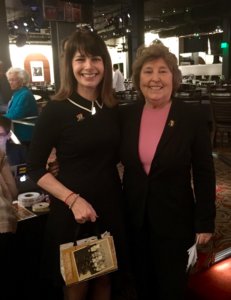
Author Angie Klink with Molly Murphy MacGregor, Co-Founder and Director of the National Women’s History Project (NWHP).
My Betty M. Nelson Pilgrimage
Purdue Dean of Students Emerita Betty M. Nelson is from Bluefield, West Virginia. Bluefield is named after the meadows of chicory that wave in the summer breeze once tinged with coal dust.
I stopped by Betty’s childhood white colonial home at 1003 Heatherwood Road, now on the National Register of Historic Places. Two towering pin oak trees grace the front yard. As a child, Betty heard the tree’s branches rustle against her second-story bedroom window. She was probably nestled in bed reading a Nancy Drew book. The fictional Nancy Drew was one of Betty’s heroes.
The Nancy Drew Mystery that was published the year Betty was born was The Message in the Hollow Oak. Appropriate, as Betty would grow up listening to the pin oak leaves softly scratching against her windowpane. I plucked a cluster of fallen leaves from the ground at 1003 Heatherwood and placed them in my personal copy of The Deans’ Bible.



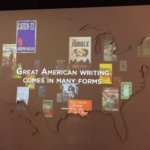




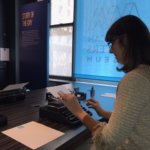

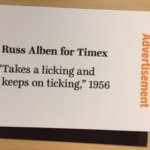
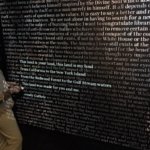


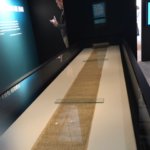
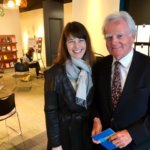

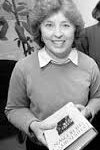
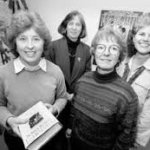
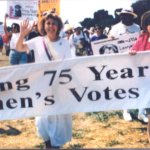
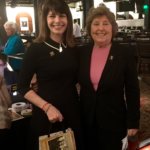







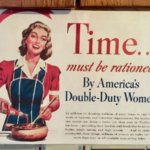

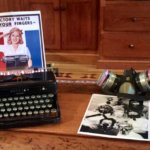


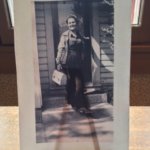
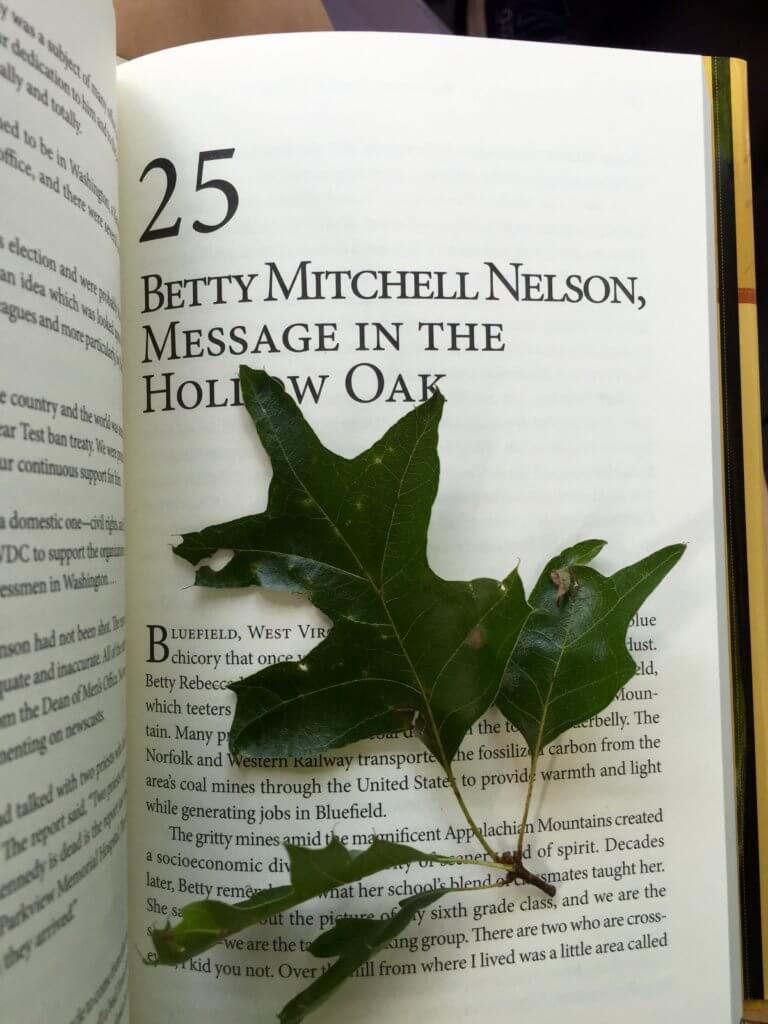 " data-envira-height="300" data-envira-width="225" />
" data-envira-height="300" data-envira-width="225" />